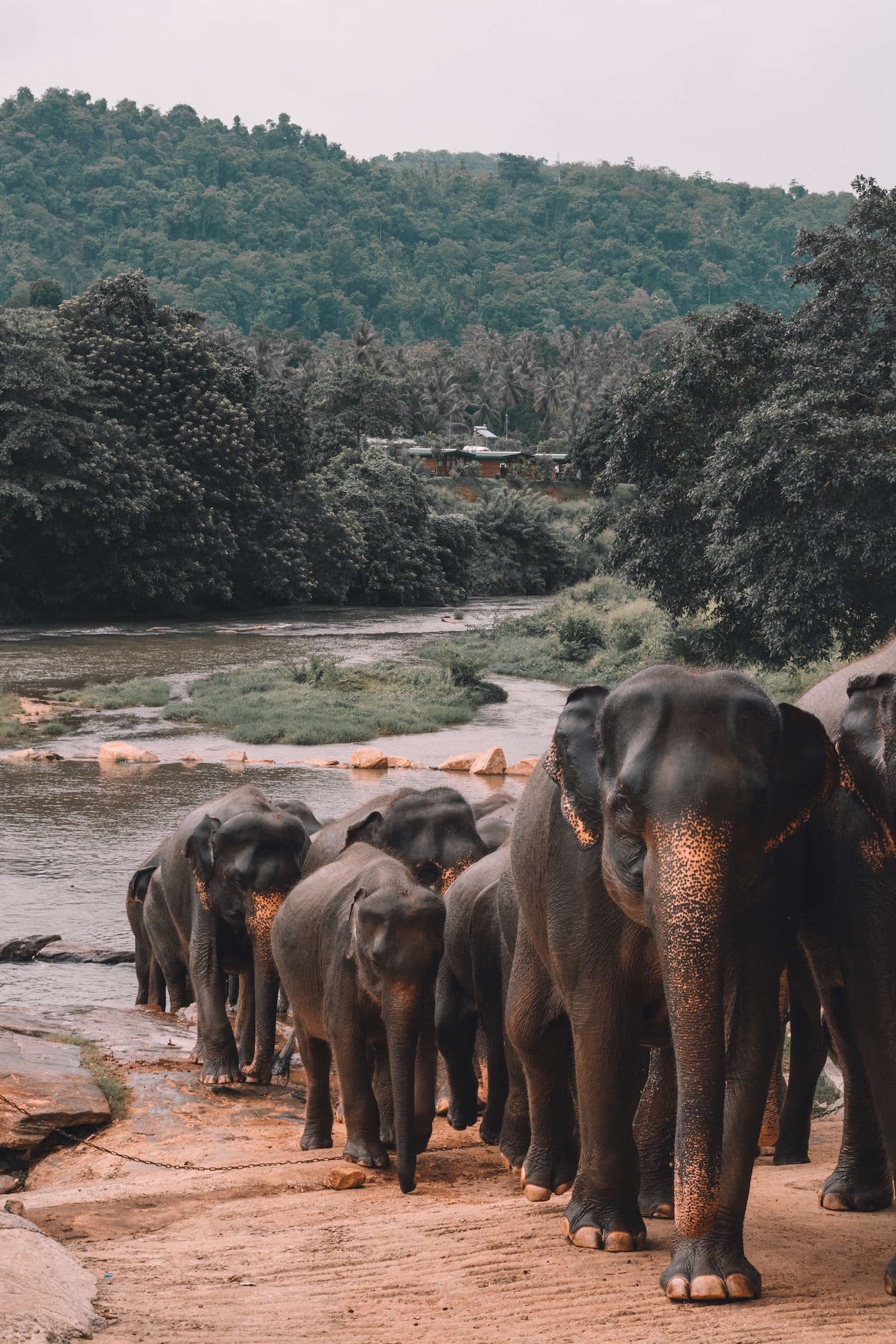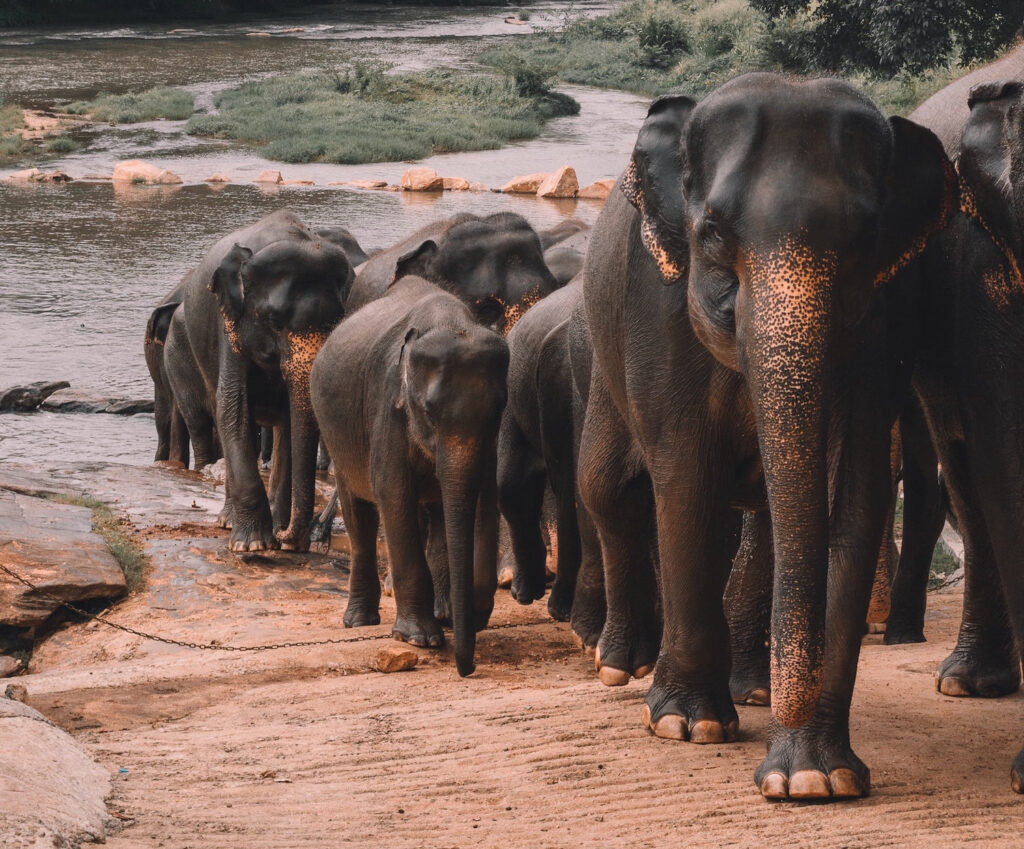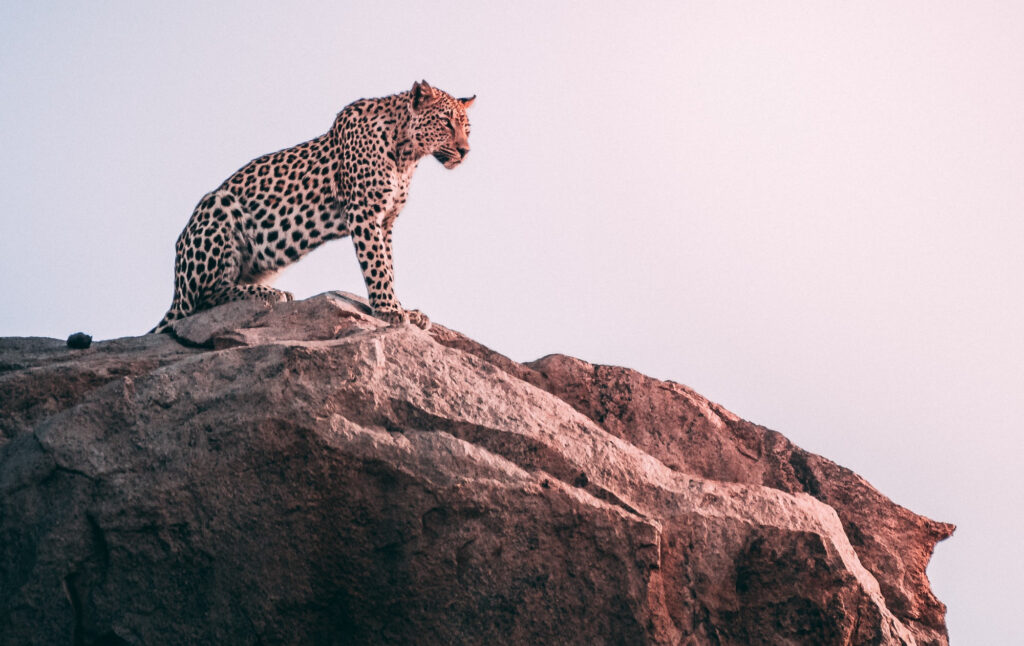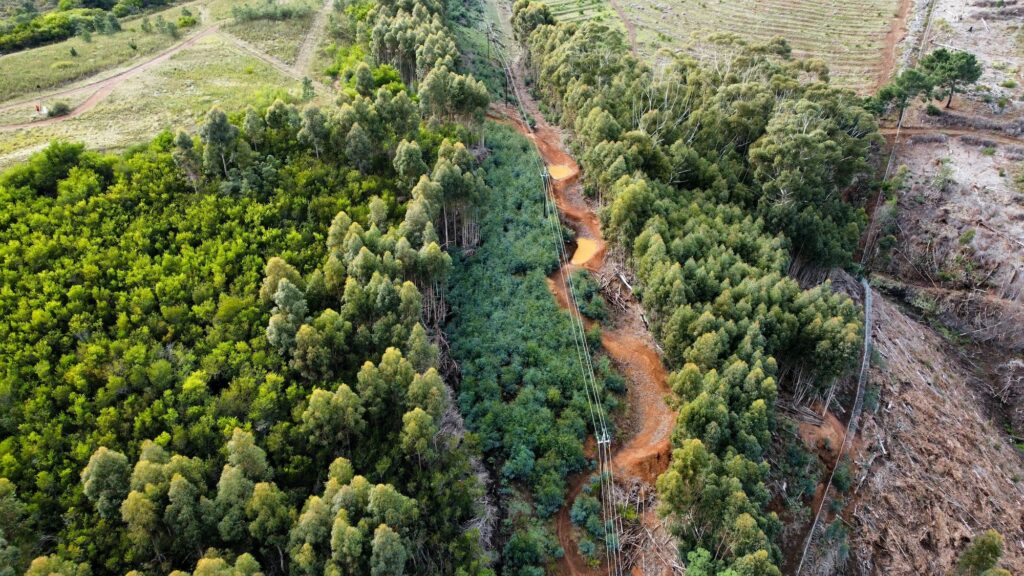
Insights: Preventing human-wildlife conflict
Preventing human-wildlife conflict
Each year, September 4 marks National Wildlife Day in the United States. It’s a chance to It’s a chance to raise awareness of endangered species across America, and reflect on what work is needed to encourage peaceful coexistence with wildlife.
So in honour of #nationalwildlifeday, we’re taking a deep dive into human-wildlife conflict. We’ll explore what it is, what the main drivers are, and what actions we can take that are mutually beneficial to people and wildlife.
What is human-wildlife conflict?
Humans have always shared the landscape with animals. However, our coexistence with animals is not always peaceful. According to the World Wildlife Fund (WWF), human-wildlife conflict is when ‘encounters between humans and wildlife lead to negative results, such as loss of property, livelihoods and even life.’
Human-wildlife conflict is a global problem that is becoming increasingly common as the space we share with animals continues to expand. For example, in their 2021 report on human-wildlife conflict, the WWF estimated that:
- In Sri Lanka, 121 people were killed by wild elephants and 405 elephants were killed as a result of human-wildlife conflict in 2019 alone.
- In Tanzania, 60 people are killed by lions each year, and 150 lions are killed by humans.
- Across Asia and Africa 80,000 – 138,000 people are killed by snake bites each year.
- Between 2005 and 2012, the average annual compensation paid to European farmers for damage to livestock caused by carnivores totalled US$41.38 million.

Examples of human-wildlife conflict
Human-wildlife conflict exists on a spectrum, from encounters such as wild animals stealing food or foxes preying on livestock, through to interactions that cause death, like elephant, bear or crocodile attacks.
Below we synthesise some common examples from the of human-wildlife conflict from the WWF’s 2021 report into human-wildlife conflict:
- Wild animals predating livestock or consuming cultivated crops. For example, Jaguars are known to prey on livestock and are often killed in Brazil in retaliation for these losses. In Australia, feral pigs are well-known for their ability to damage crops. Similarly, gorillas often consume crops grown adjacent to their forest habitat, and fruit bats are renowned for their ability to inundate orchards. The impacts on wildlife populations from retaliation are often significant. For instance, in Kenya alone, wildlife authorities shoot between 50 and 120 problem elephants each year.
- Wildlife straying into human-occupied areas and attacking humans (and vice versa). Great white shark and crocodile attacks are good examples of human-wildlife conflict in Australia that occurs as a result of humans entering an apex predator’s territory. Similarly, polar bear and grizzly bear attacks that occur when these animals wander into human settlements looking for food are additional examples of human-wildlife conflict.
- Wildlife being culled to remove competition for resources, or because animals are perceived as a potential threat. For instance, Meditteranean monk seals are deliberately killed by fishers who perceive them as a competitor, and humans often pre-emptively destroy European hornet nests, and kill snakes, out of fear of potential attacks.
- Wildlife poaching and trafficking. This usually sees animals killed for their body parts, or smuggled as part of the illegal wildlife trade. More information about how we work with clients around the world to prevent wildlife poaching is provided below.

What drives human-wildlife conflict?
The main driver of human-wildlife conflict is the decline in habitat available for wildlife to exist away from human interference. Indeed, the WWF estimates that only 26% of the Earth’s surface is largely devoid of humans, with 18% dominated by humans, and 56% shared by wildlife and people. This decline is primarily driven by changing land use patterns, as more land is used for urban expansion, industrial purposes and agriculture. As our worlds continue to overlap, encounters between people and wildlife become more and more common, giving rise to higher levels of conflict.
What mitigation strategies can help promote wildlife conservation?
Human-wildlife conflict can be a challenging problem to solve, particularly when it has a detrimental impact on people’s livelihoods. But peaceful co-existence with wildlife is possible. The most successful mitigation strategies are typically specific to the particular wildlife species and type of conflict. Here are just a few examples of mitigation strategies aimed at preventing human-wildlife conflict:
- Tracking wild animals to build a better picture of their movement patterns. Locals can use this data to change their land use patterns and/or develop more targeted management strategies, helping to prevent conflict. For example, the WWF has helped to reduce conflict with elephants near the Maasai Mara National Park in Kenya, by fitting elephants with tracking collars to learn more about their habitat use.
- Preserving natural habitat. Habitat loss is one of the main reasons that leads animals closer to humans. Action at the national level, through the establishment of national parks and wildlife reserves is critical for ensuring animals have their own space within which to find food and shelter. At the local level, we should all be looking at ways to foster healthy ecosystems, such as through sustainable agricultural practices, the preservation of remnant bushland, and minimising our use of pesticides and pollutants.
- Discouraging wildlife from entering cities and agricultural areas. Wildlife are often naturally reluctant to engage with humans. However, they can become more brazen over time, particularly if they come to associate humans with food. Small steps such as not feeding or patting wildlife and securing rubbish can help discourage animals from venturing closer to humans. Planting crops that provide a decent level of income, while also being unattractive to wildlife is also helpful. For example, farmers in Africa have successfully reduced conflicts between humans and elephants by planting chillies on the periphery of their crops.
To find out more about how our world-leading radio telemetry technology can help with your next conservation project, contact us today.


